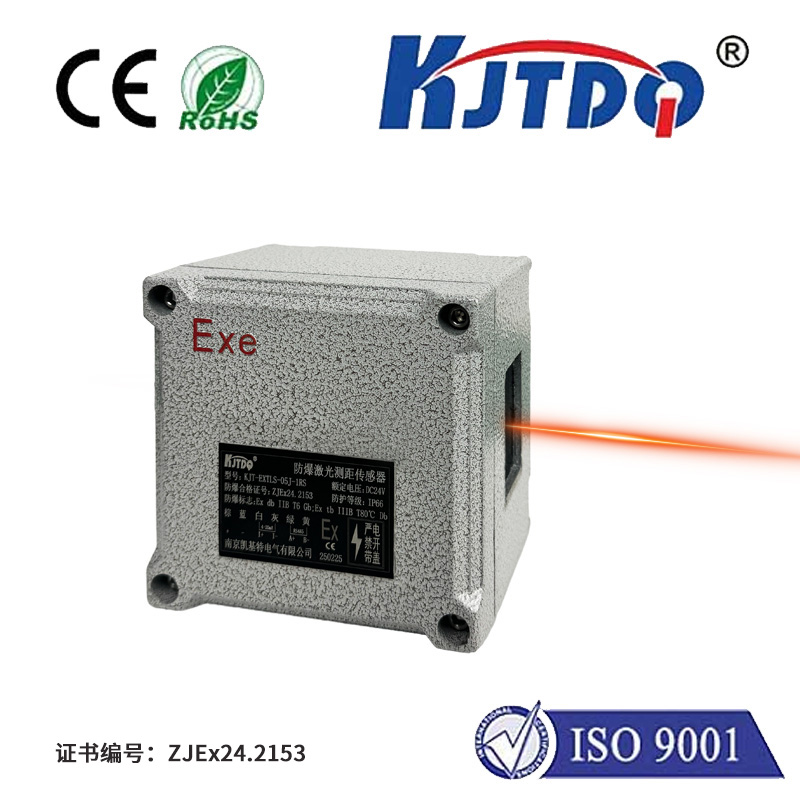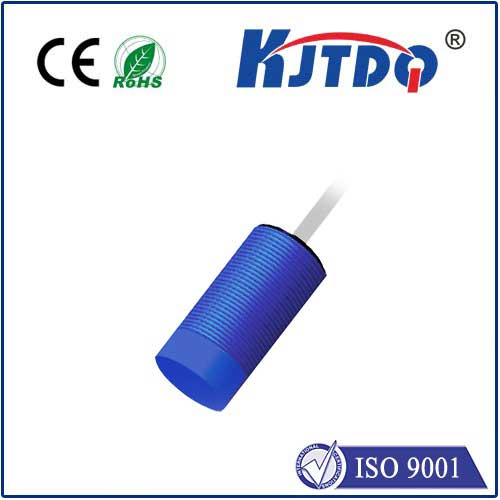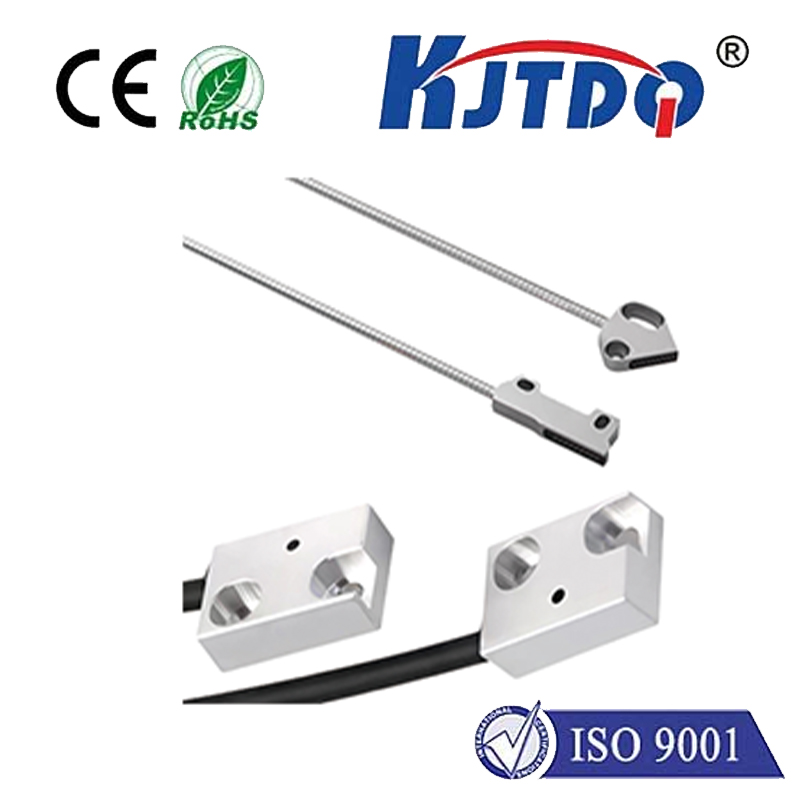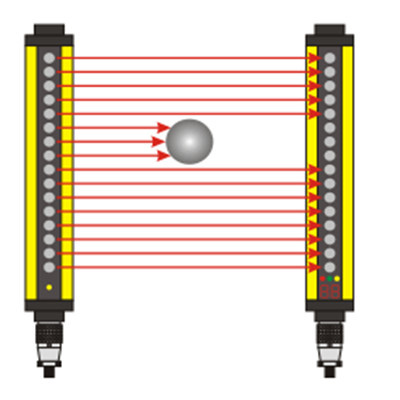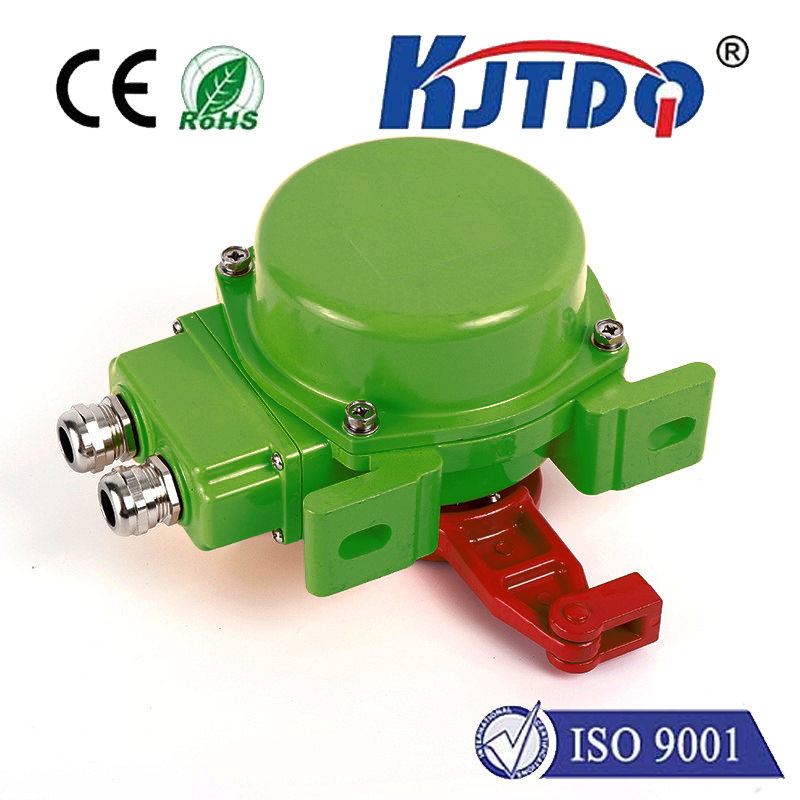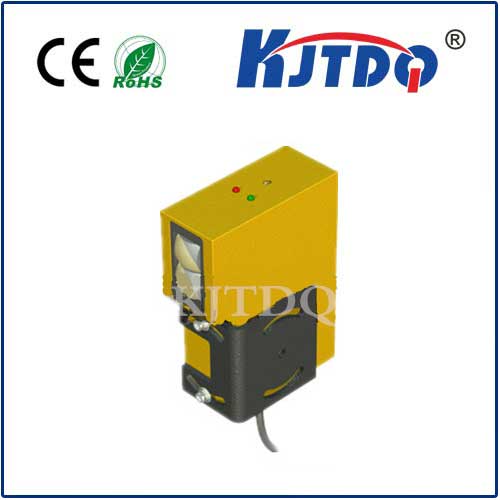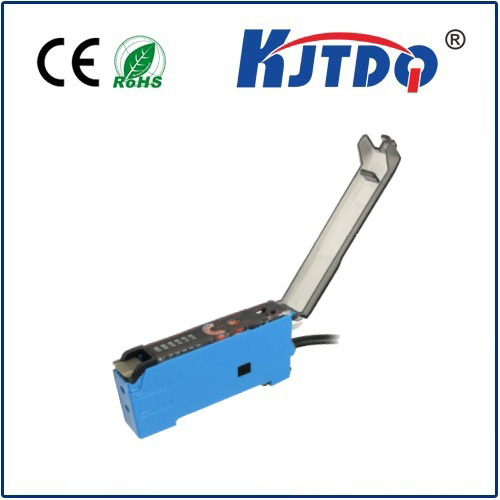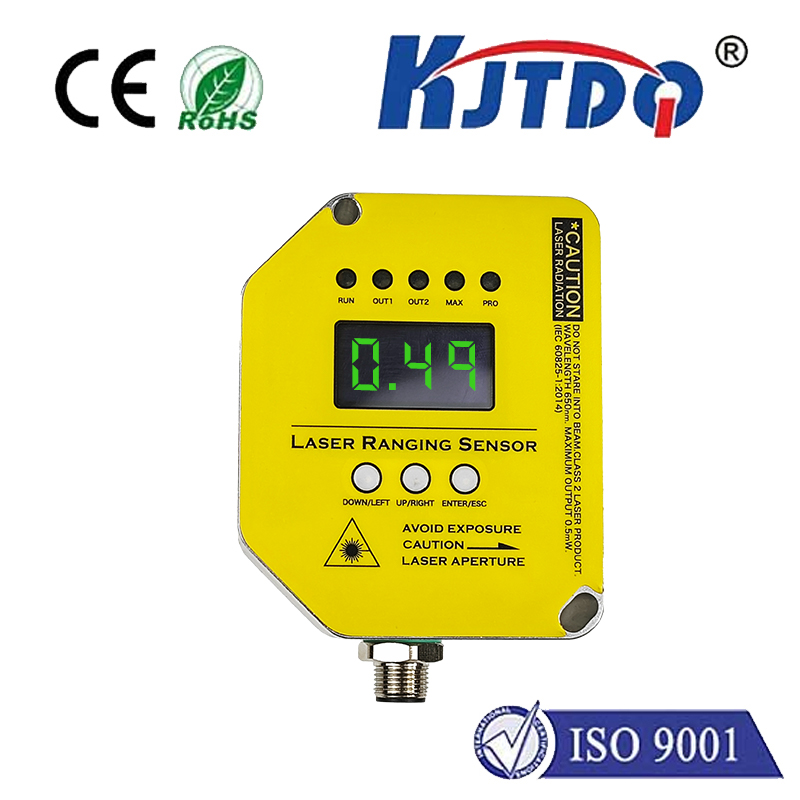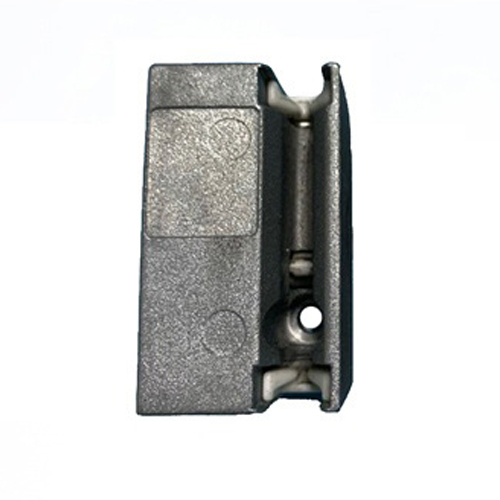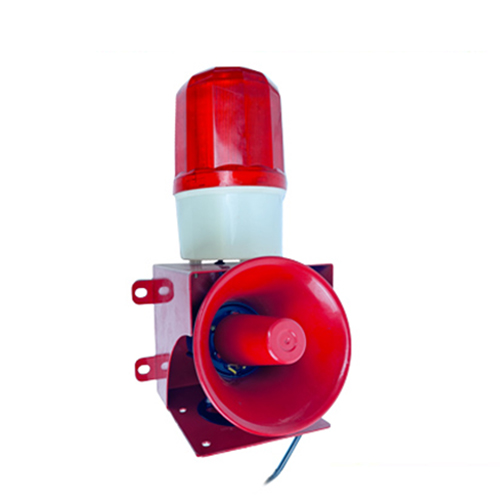sensor de movimiento laser
- time:2025-09-11 03:57:37
- Click:0
The Unseen Guard: How Laser Motion Sensors Are Redefining Detection
Sneak past a traditional sensor? Maybe. Outsmart a laser? Think again. In the ever-evolving landscape of detection technology, laser motion sensors emerge as the silent, invisible sentinels, offering unparalleled precision where standard sensors fall short. Forget the fuzzy detection zones and false alarms of yesteryear; laser-based motion detection represents a significant leap forward in accuracy and reliability, fundamentally changing how we monitor spaces – from securing our homes to optimizing complex industrial processes. This technology isn’t just about knowing if something moved; it’s about knowing exactly where, how fast, and with pinpoint certainty.
Understanding the Beam: Core Principles of Laser Motion Detection
At its heart, a laser motion sensor operates on sophisticated principles. Unlike passive infrared (PIR) sensors that detect changes in heat radiation, or ultrasonic sensors relying on sound waves, laser sensors actively project an intense, coherent beam of light – typically infrared, invisible to the human eye.

- Active Emission: The sensor emits a focused laser beam towards a target area or an object.
- Time-of-Flight (ToF) Principle - A Key Advantage: Many modern laser sensors utilize the Time-of-Flight principle. This involves measuring the precise time it takes for the emitted laser pulse to travel to a target (like a wall, floor, or object) and back to the sensor’s receiver. Any movement within this precisely measured field alters the beam’s return time or pattern dramatically.
- Interruption Detection: Alternatively, some simpler configurations work like a tripwire. A continuous laser beam is projected between the sensor and a receiver unit. The detection event occurs the instant an object breaks this beam, triggering an immediate signal.
- Analysis and Triggering: Sophisticated onboard electronics analyze the returning light signal. Minute changes in the beam’s properties – such as its phase shift, intensity, or the exact time taken for reflection – signify movement. Once a significant, algorithm-confirmed change is detected, the sensor triggers its output signal.
Why Laser Reigns Supreme: Unmatched Advantages in Motion Sensing
Choosing a laser-based motion detector over conventional types isn’t just an upgrade; it’s a strategic shift towards superior performance. Here’s why:
- Unparalleled Precision: The focused, narrow nature of a laser beam allows for incredibly precise detection zones. You can detect movement within specific areas down to millimeters, avoiding the broad, often unwanted coverage zones of PIR sensors. This precision minimizes false alarms triggered by irrelevant background motion or environmental factors.
- Extended Range: Laser sensors excel at long-range detection, reliably sensing movement at distances where PIR or ultrasonic sensors become ineffective or unreliable. This makes them ideal for securing large perimeters, warehouses, or open areas.
- High Sensitivity: Capable of detecting even the slightest movements or vibrations – think a slight touch on a protected surface or subtle equipment shifts. This sensitivity is crucial for high-security applications and delicate machinery monitoring.
- Directional Awareness: The focused beam allows for highly directional sensing, enabling precise targeting and minimizing interference from adjacent areas.
- Immunity to Environmental Factors: Laser motion sensors are generally less susceptible to false triggers caused by temperature fluctuations, airflow, or ambient light changes – common pitfalls for PIR sensors. They perform consistently in diverse environments.
- Non-Contact Detection: Like other motion sensors, laser types offer completely non-contact detection, crucial for monitoring delicate machinery, artwork, or sterile environments without physical interaction.
Lighting Up Applications: Where Laser Motion Sensors Excel
The unique capabilities of laser motion detection technology unlock applications across numerous sectors:
- High-Value Asset Protection & Perimeter Security: Guarding museum exhibits, safes, server rooms, or fence lines with unmatched precision and minimal false alarms. The distinct beam pattern allows for complex configurations difficult to bypass.
- Industrial Automation & Machinery Monitoring: Ensuring precise object positioning on conveyors, triggering robotic arms only when a component is perfectly aligned, detecting minute vibrations in critical machinery for predictive maintenance, or safeguarding dangerous machine zones (safety light curtains often utilize laser principles).
- Advanced Intruder Alarm Systems: Integrating into sophisticated alarm systems for residential and commercial properties, offering reliable, long-range coverage for hallways, gardens, or large windows.
- Traffic Management & Vehicle Counting: Accurately detecting vehicles at speed, counting occupancy in specific lanes, or triggering traffic signals based on precise vehicle position.
- Smart Home & Building Automation: While less common than PIR for broad room detection due to price and beam focus, lasers excel in niche smart home applications like detecting specific cabinet/door openings, triggering automations based on precise presence in a chair or bed, or monitoring vulnerable entry points with zero blind spots.
- Robotics & Autonomous Systems: Providing robots with highly accurate proximity detection, obstacle avoidance, and navigation feedback in complex environments.
Beyond Traditional Sensing: A Future of Pinpoint Awareness
Laser motion sensors represent a significant stride forward in detection technology. Their core strength lies in the laser beam itself – a tool of extraordinary focus and coherence. By harnessing the principles of light travel and reflection with sophisticated electronics, these sensors deliver levels of precision, range, and reliability that redefine what’s possible in monitoring movement. From safeguarding priceless art to ensuring the flawless operation of automated factories or adding an invisible layer of ultra-reliable security, laser motion sensors are proving indispensable. As technology evolves, particularly in miniaturization and cost reduction, we can anticipate even broader adoption across security, automation, and smart living domains.






